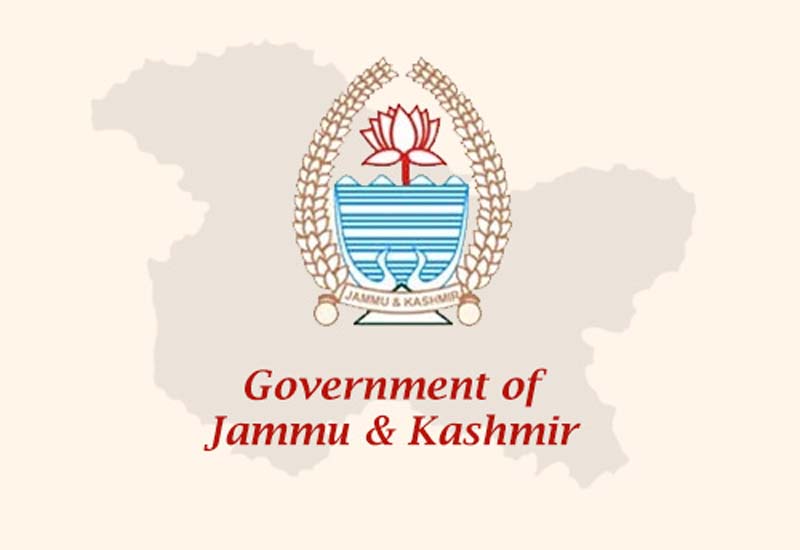Election process set to begin in Aug
Sanjeev Pargal
JAMMU, July 15: In another significant step towards empowerment of women, the State Government has ordered 33 percent reservation for women in the Block Development Councils (BDCs), which will form second tier of Panchayati Raj in Jammu and Kashmir, the elections for which are likely to be held after culmination of annual pilgrimage of Shri Amarnath Ji on August 15.
“The number of BDCs in the State has touched 316,” official sources said.
Commissioner/Secretary, Rural Development Department and Panchayati Raj, Sheetal Nanda told the Excelsior that 33 percent BDCs have been reserved for the women in the State while the BDCs having more than 50 percent Scheduled Caste population will be reserved for the SCs.
“We are targeting the month of August for conduct of BDC elections,” Nanda, whose Department is the Nodal Agency for holding of the BDC elections, said, adding that out of total 316 BDCs, 105 have been reserved for the women in the State.
According to official sources, number of the Block Development Councils has gone up to 316 as compared to 143 in 2012 when the BDC elections were announced but shelved on the issue of no reservations.
Jammu region has highest number of 147 Block Development Councils out of which 53 have been reserved for women while Kashmir region has 136 Councils and 45 of them were reserved for females. Ladakh region has 31 Councils. Of them, 10 were reserved for women.
Within 33 percent reservation for women, the Councils have also been reserved for SC and ST women depending upon population, sources said, adding that the Rural Development Department has issued the notification for reservation of the Councils.
Reservations have been given under the provisions of Jammu and Kashmir Panchayati Raj Act.
In addition to 33 percent reservation for women, the Block Development Councils have also been reserved for SCs as per their population. “The BDCs which have above 50 percent SC population will be reserved for them,” sources said.
The Government proposed to hold elections to the BDCs for the first time in Jammu and Kashmir in the month of August after culmination of Shri Amarnath Ji yatra on August 15 coinciding with Raksha Bandhan and Shravan Purnima.
Never in the past has the second tier of Panchayats been constituted in the State. After Panchayat elections in 2011 during Omar Abdullah regime after about four decades, the Government had ordered conduct of the BDC elections in November 2012 but the process was shelved at the eleventh hour following objection raised by senior Congress leader Ghulam Nabi Azad on no reservation in the BDCs. The elections were never held again as the Panchayats completed their tenure in 2016.
“The second tier of Panchayats would be set up only in the Panchayats which have been fully constituted. In the areas where Panchayats couldn’t be established due to lack of quorum, the BDC elections can’t be held,” sources said.
They added that about 1057 Panchayats haven’t been constituted in Kashmir region due to lack of quorum.
Out of a total of 4483 Panchayats in the State, there were 2135 in Kashmir. As many as 1057 Panchayats couldn’t be constituted in the Valley due to lack of quorum, they said.
As per the Panchayati Raj Act of Jammu and Kashmir, there should be at least one Sarpanch and one Panch to form quorum for constitution of the Panchayats but in 1057 Panchayats, there was either Sarpanch or Panch and they couldn’t be constituted.
Sources said there will be no elections for second tier of Panchayats, which haven’t been constituted. The BDC elections in these Panchayats will be held only after election for vacant posts of Sarpanchs and Panchs are conducted, they added.
However, the fresh elections to Panchayats seem an uphill task as there were no candidates to contest the elections when the polls were held in October-November last year.
“Once elections to the BDCs are held, only thereafter the Government would take decision on setting up of third tier of Panchayats i.e. the District Development and Planning Boards (DDPBs),” sources said.


